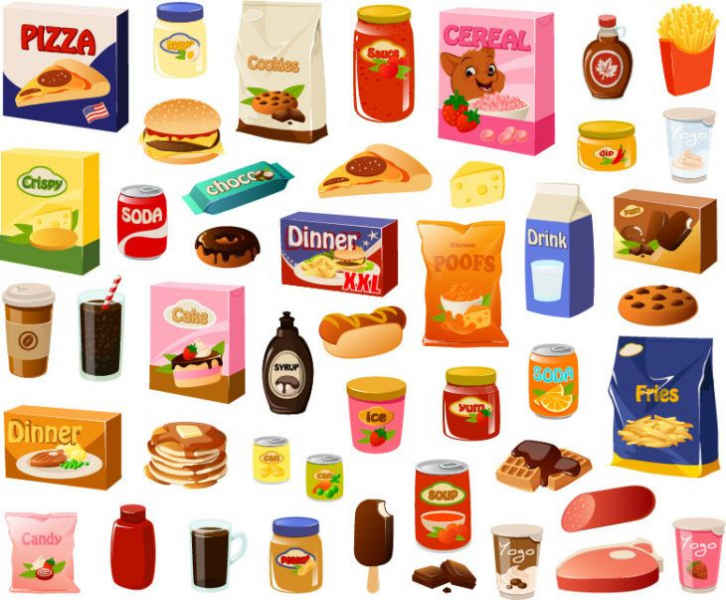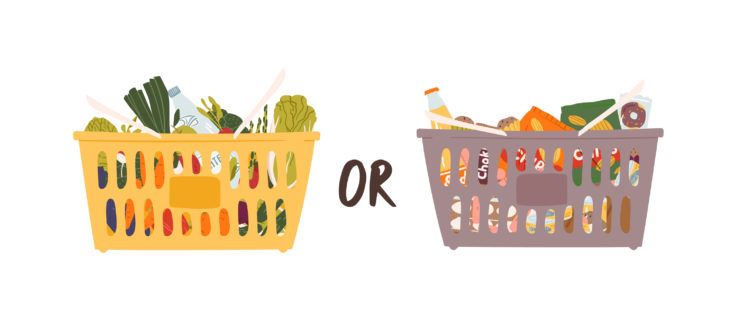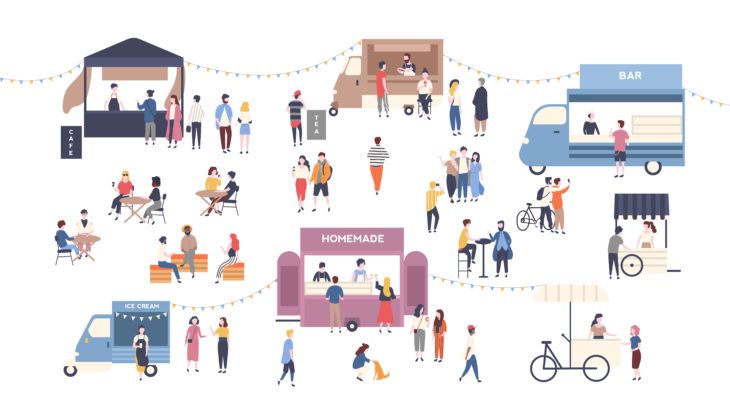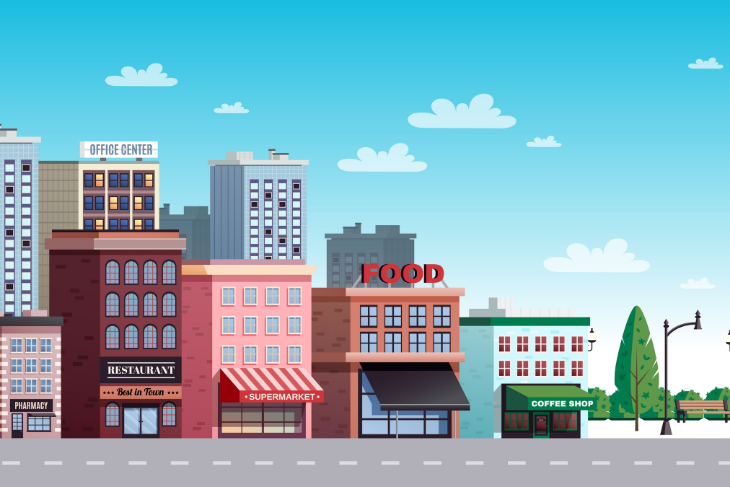If your neighborhood is filled with a bevy of convenience stores and not many grocery stores or even a market in sight, you might be living in what health experts refer to as a “food swamp.” Learn why and how living in a food swamp can negatively impact the health and wellness of the residents.
What is a Food Swamp?
According to the Huffington Post a “food swamp” is void of food options offering fresh produce, meat, and fish—but rather well stocked with an overabundance of stores offering processed snacks and candy.
According to Toronto Public Health, communities with an absence of fresh food options within walking distance in the wake of only junk food (i.e., chips, fried foods, fast food, and frozen and canned foods) choices earns the moniker food swap.
Food Swamp vs. Food Desert
While “food swamp” may be a relatively new term, you may well be familiar with the term “food desert,” which according to representatives at Toronto Public Health, describe areas with an abundance of convenience stores and the lack of access to supermarkets.
According to the U.S. Department of Agriculture (USDA) a food desert is characterized as a “low income [rural or urban area] where a substantial number of residents have low access to a grocery store.” The USDA reports that approximately 23.5-million Americans live a mile or more in distance from a supermarket with limited access to fresh produce, meats, and healthy foods, which contribute to the U.S. obesity epidemic.
Geography Promotes Food Swamps?
Unlike a food desert, which is largely limited on the income (as well as the car and public transport options in an area), a food swamp is largely geographical in nature.
For instance, Toronto Public Health describes food swamps in high-income areas as “domineering in unhealthy food [choices],” but residents have options to travel by car to buy healthier food…whereas lower income people in food deserts don’t have that option.
Income Level and Food Swamps
Nutritional scientists at University of Toronto’s Lana School of Public Health agree that food swamps don’t depend on the income level of a neighborhood. Food swamps, opposed to food deserts, exist in both high and lower income areas of cities.
Scientists attest food swamps purely to bad city (or urban) planning, according to professors of food security and nutritional sciences at the University of Toronto. With food swamps, limited unhealthy food choices are driven by high transit costs and lack of access.
Waistline and Food Options
New York City’s Department of Health (DOH) pinpoints 3 prime food swamp neighborhoods—the Upper East Side, Central Harlem, and East Harlem. Sure, all 3 areas have easy access to food, but the food available is overwhelmingly subpar and just plain unhealthy.
The DOH found the lower income areas of East and Central Harlem with more bodegas (convenience stores) a total average obesity rate of 29-percent. While the higher income Upper East Side, had slightly more supermarkets, slightly less fast food options, and a total average obesity rate of 22-percent (on par with the NYC average).
The City Planning Aspect
Ensuring that nutritional food is available at reasonable cost to people should be part and parcel with city planning, according to Debbie Field, FoodShare Toronto’s executive director.
Field suggests that any time areas are designated for new neighborhoods, part of the planning process should include an accessibility plan for healthy food options. The plan should consider healthy food within walking distance for residents living in the immediate area.
The “Eat Where you Live” Mentality
New York’s DOH identifies an “eat where you live” mentality to communities, which makes perfect sense. For instance, residents of food swamps are prone to reach first for cheap, unhealthy, yet convenient food choices if the stores surrounding them largely stock these items.
However this mentality fosters a bleak future for residents of food swamps and food deserts. A future rife with rising obesity rates and more instances of chronic conditions linked to weight—such as heart disease, high blood pressure, high cholesterol, and diabetes.

 Home
Home Health
Health Diet & Nutrition
Diet & Nutrition Living Well
Living Well More
More

















